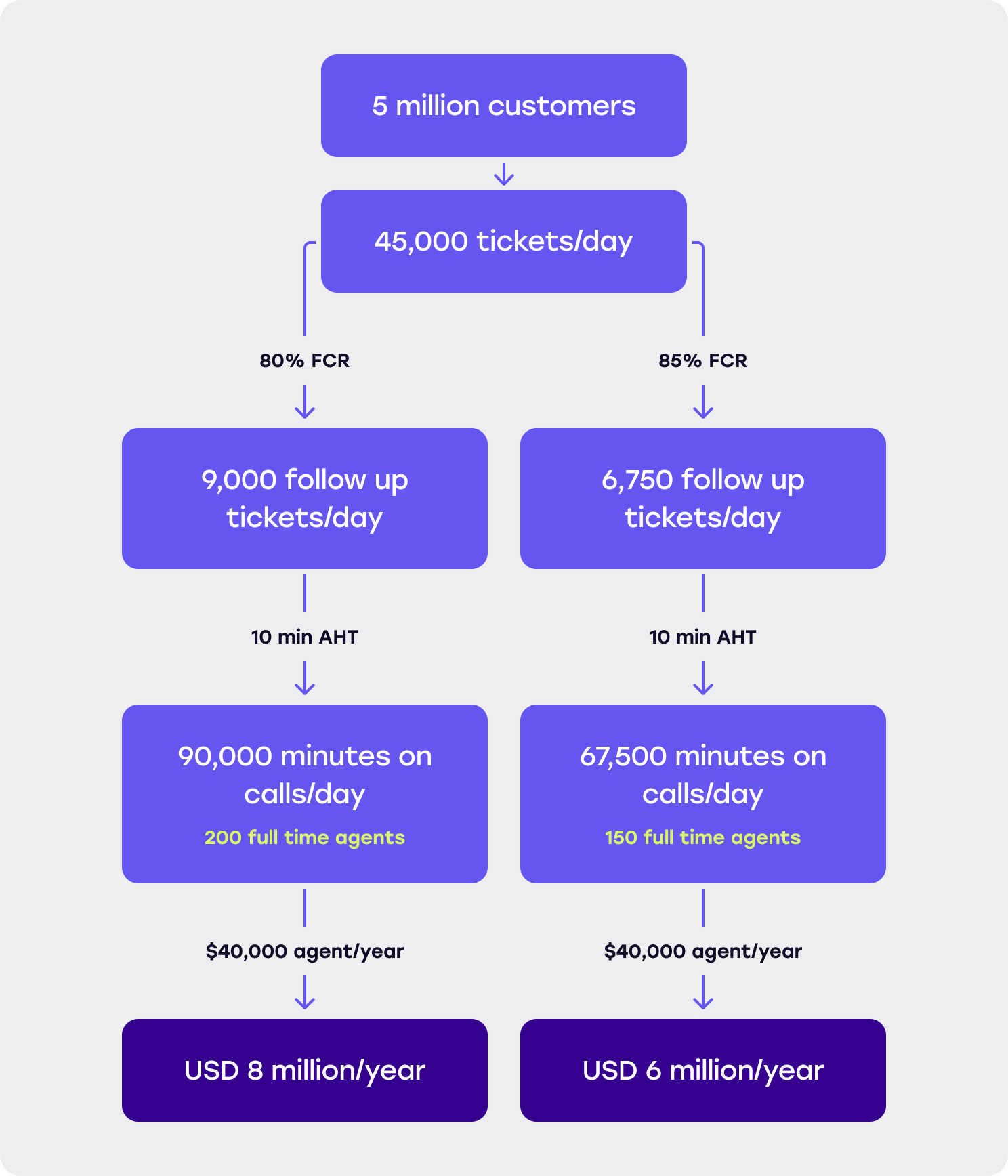Cobrowse delivers a wide range of benefits to the business. It improves customer satisfaction and confidence that their issue is being dealt with by the agent. It also provides greater agent satisfaction as they know they have access to a tool that helps them share in the customer experience and delivers value to every engagement.

Ian Roberts
Director of Care Operations and Technology, Quicken Inc





